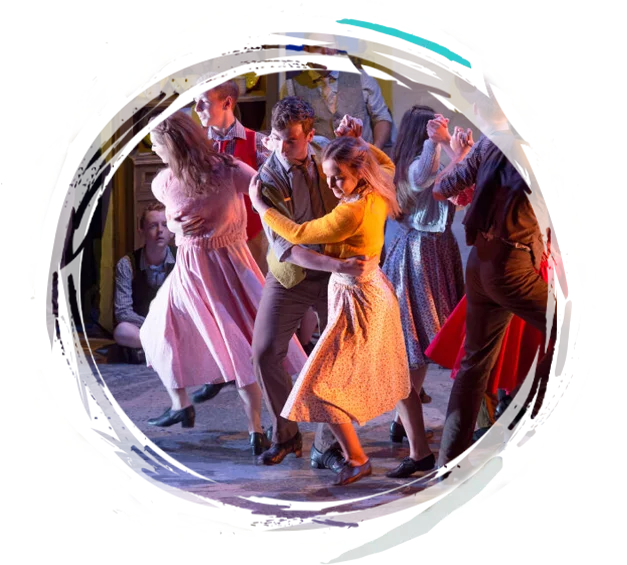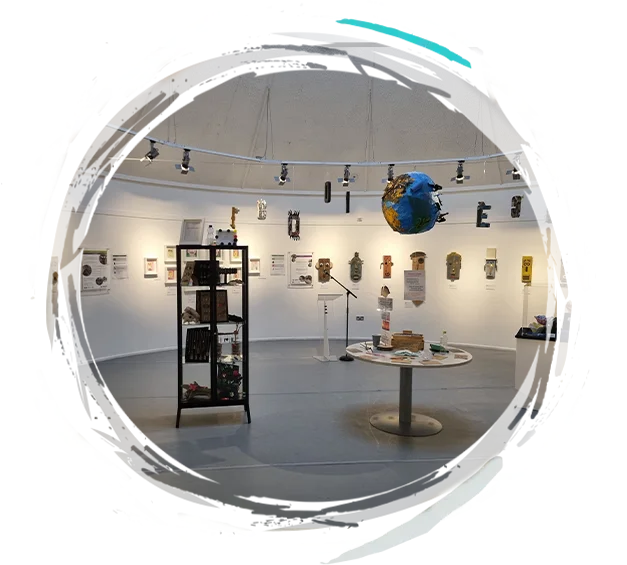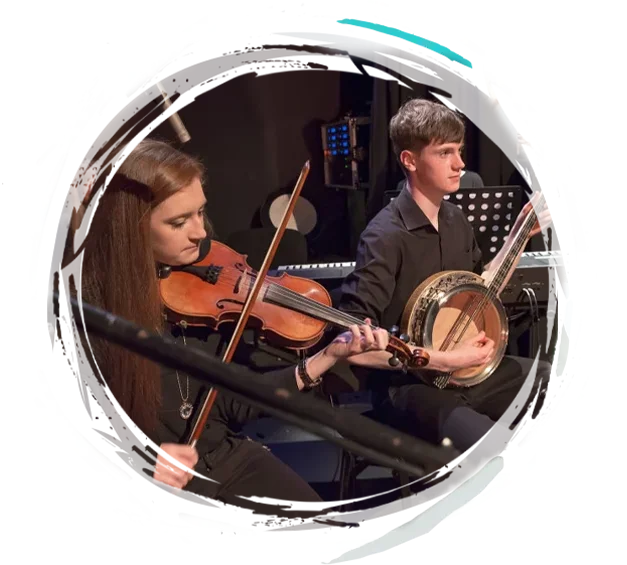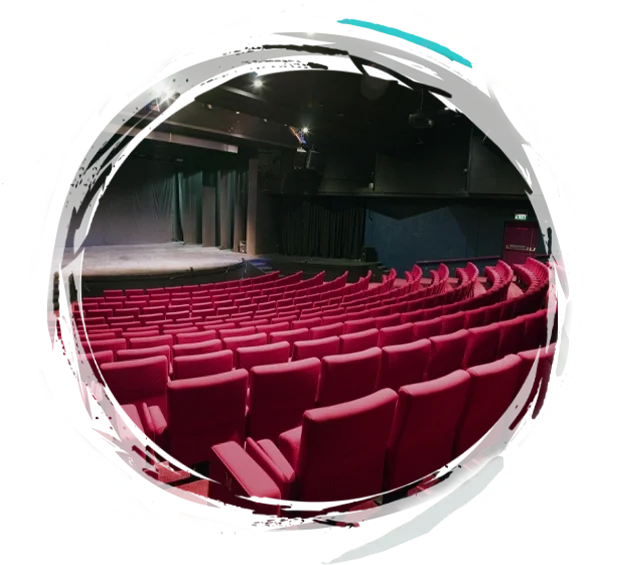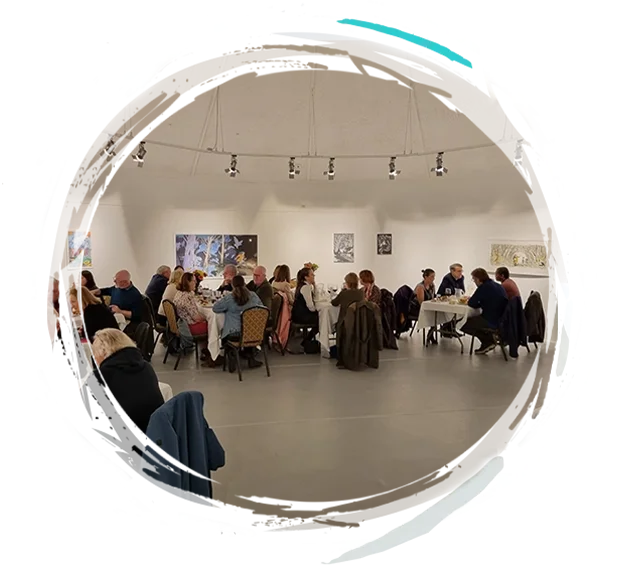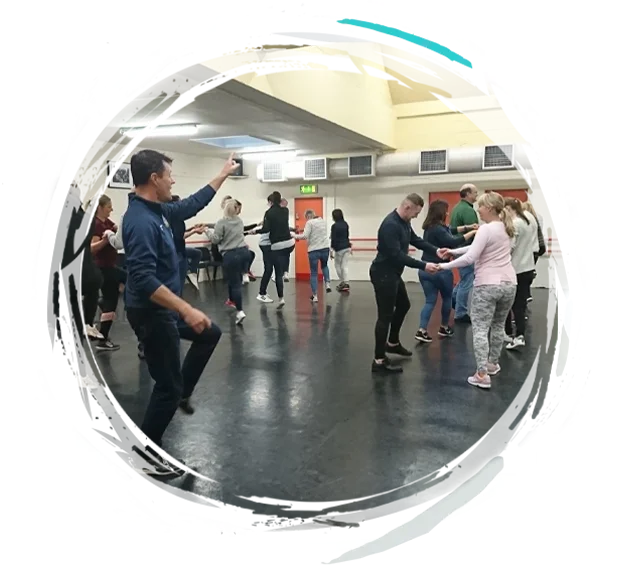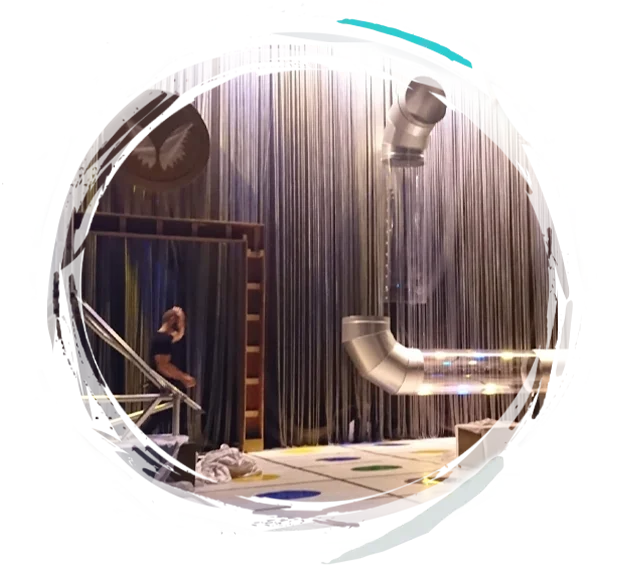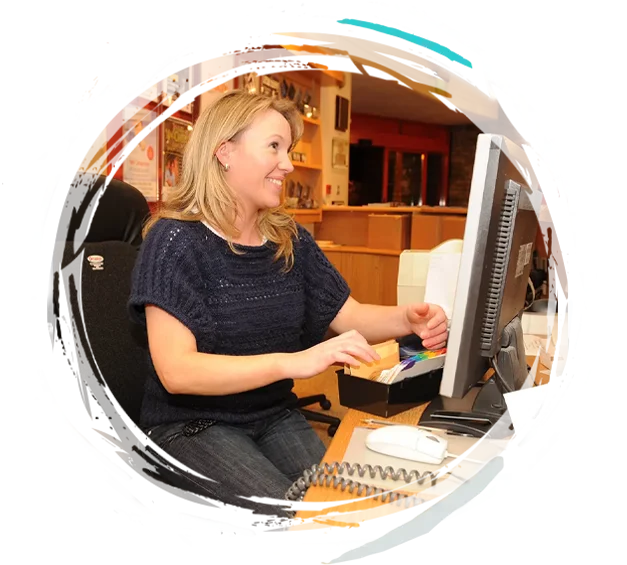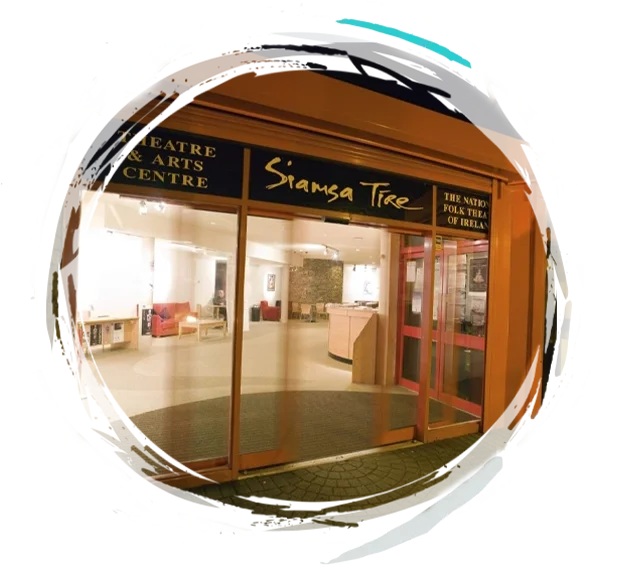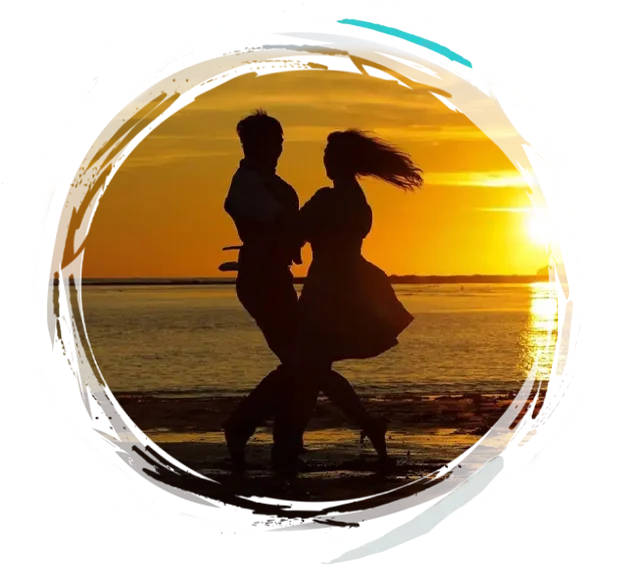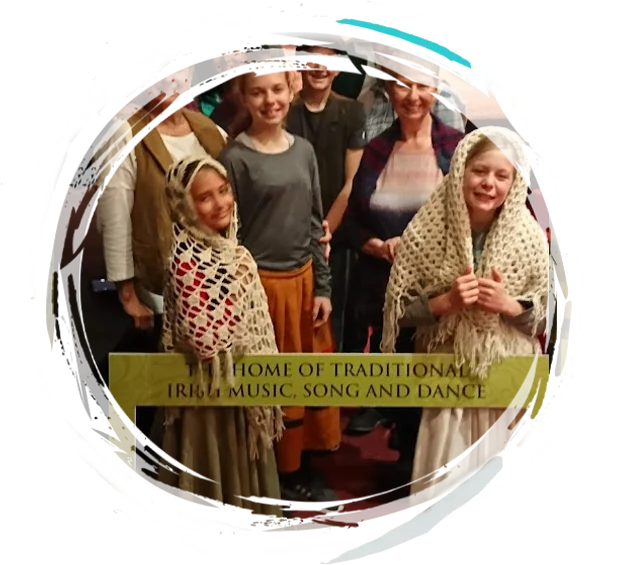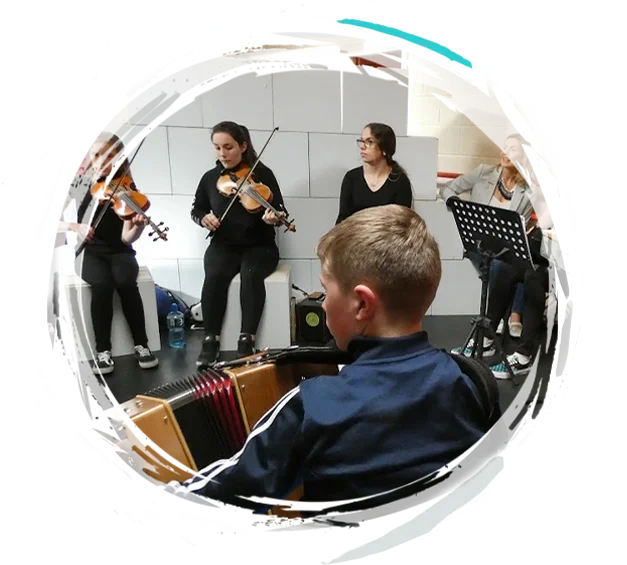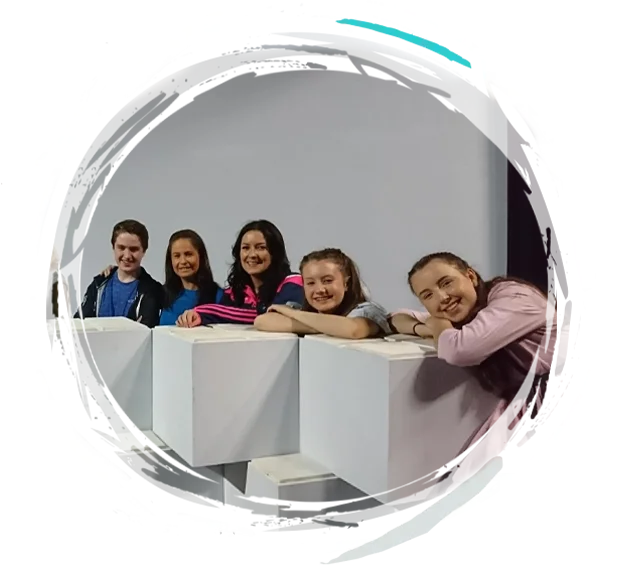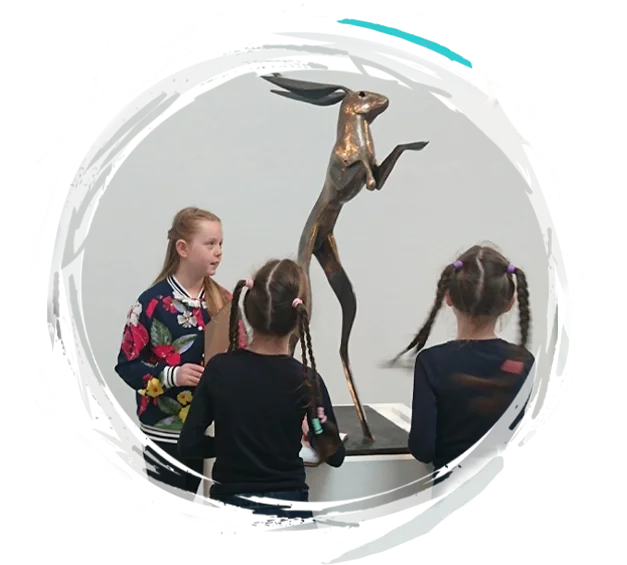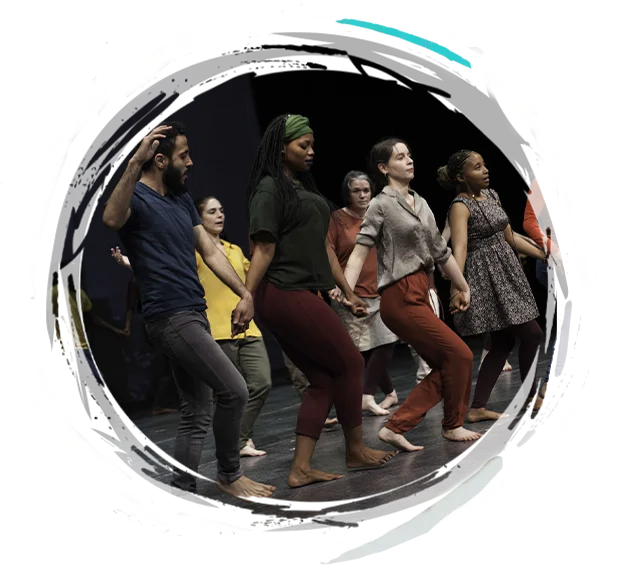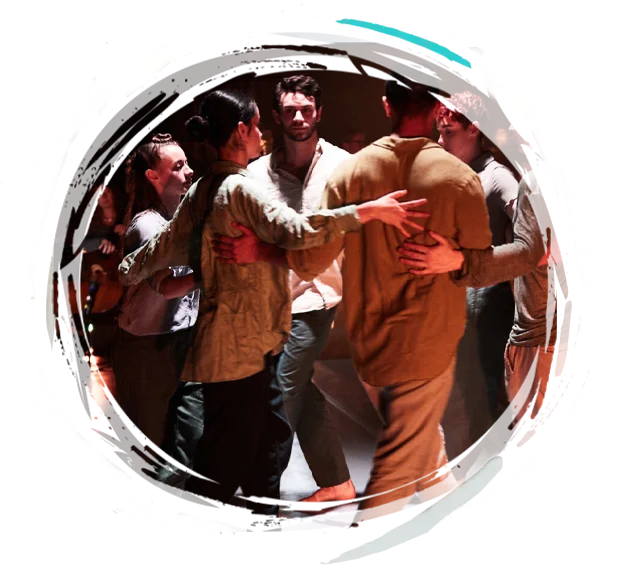Making Art – Painting 2019
MAKing Art – PAINTing: Nov-Dec 2019
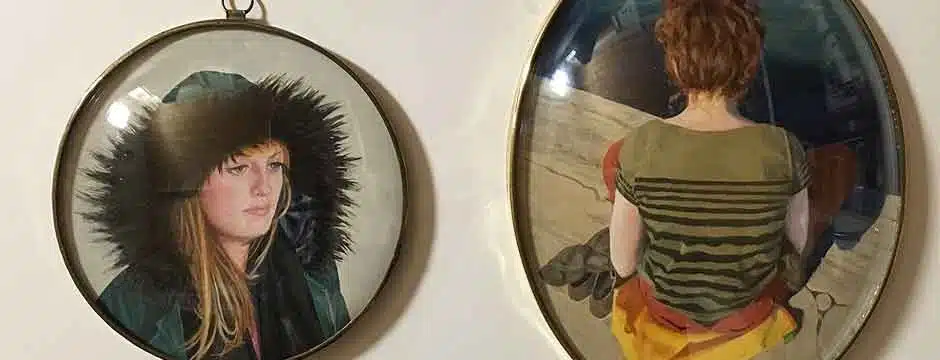
Paintings by Susan Connolly, Bridget Flannery, Geraldine O’Neill & Liz Rackard along with paintings from The Arts Council Collection.
Curated by Sharon Murphy
MAKing Art: PAINTing is an exhibition of artworks curated by Sharon Murphy which was first launched in Draíocht in Blanchardstown in March of this year. The exhibition is part of a series particularly aimed at children and young people which explores a specific visual art discipline, its materials, processes and varied manifestations.
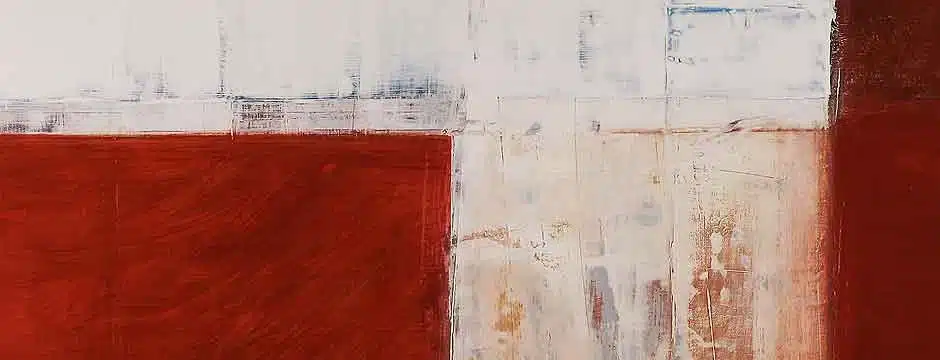
MAKing Art: PAINTing celebrates different approaches to the use of paint, to the act of painting, and to the painting as finished artwork. It consists of two complementary groups of work. The Round and Back Galleries will feature paintings by Susan Connolly, Bridget Flannery, Geraldine O’Neill and Liz Rackard. The remaining spaces will show paintings from the Collection of the Arts Council featuring eight works some of which have been recently purchased and are being shown here publicly only for the second time. The artists are: Diana Copperwhite, Rita Duffy, Jacinta Feeney, Damien Flood, Joy Gerrard, Richard Gorman, Mark Joyce, Colin Martin and Paul Mosse.
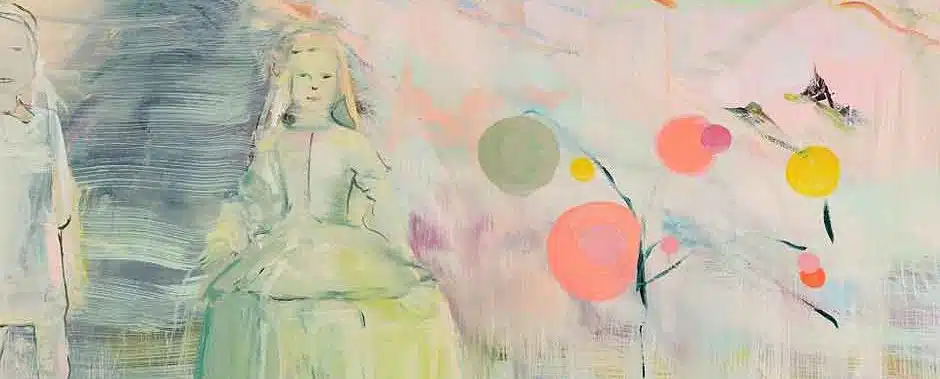
From the cave wall to the street wall, from the monastery to the museum, from the commissioned portrait to the spontaneous gesture, from pigment to acrylic, from fine sable brush to aerosol can, painting is a primary human act, universal across cultures. The language of painting with its shapes, lines, colours, tones, and textures operates to produce sensations of volume, space, movement, and light on a flat surface. The finished works may be representational or abstracted or concerned with the material properties of the paint itself. The decision to use a particular medium such as watercolour, oil or acrylic and to choose a particular surface such as paper, canvas or board, together with the artist’s own vision and technique, results in a unique painting.
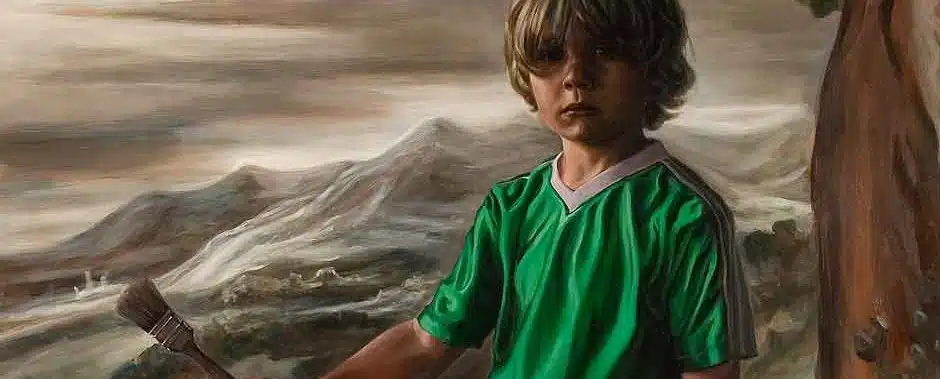
Susan Connolly’s paintings are constructed. She manipulates the surfaces, frames and – most of all – the paint itself to push towards a solid, three-dimensional entity. By building layers, scoring the surfaces, and peeling them back, she reveals the process. Often her method of displaying the work is to encourage the spectator behind and inside the painting to become as much participant as looker.
Bridget Flannery’s paintings emerge from her engagement with the natural world expressing the character of place and her memories, feelings and experiences of place. Her paintings, though abstract, have an organic relationship to sea, sky and land. Their surfaces embody natural textures, conveying atmospheric subtleties through her use of colour and form.
Geraldine O’Neill’s visual world amalgamates different elements including art history, quantum physics and everyday life, especially that of children. Seriously playful, her work engages the viewer in the multi-layered nature of reality. References to Old Masters, representations of emblematic playthings, and deliberate inclusion of the materials of her own practice create a kind of stylised dance on the canvas. Boy (2008). Kindly on loan from the Irish Museum of Modern Art Collection. Photo: Ronan McCrea.
Liz Rackard’s portraits are characterised by their small scale and their devoted rendering of detail. Both these aspects combine to generate an intimacy that invites the viewer to step in and look closely. The works are at once private and universal, contemporary and timeless, evoking the tradition of the miniature in both secular and sacred contexts.
Paintings from the Collection of the Arts Council
The Collection of the Arts Council was established in 1962 and now consists of almost 1,100 works in a wide variety of media. Each year the Council adds to that collection to the benefit of living artists and of the public who get to see these works in exhibitions like MAKing Art: PAINTing and in a wide range of public buildings including schools and colleges, libraries, hospitals and public institutions throughout Ireland. The collection is one of many ways in which the Arts Council, as statutory body for the development and funding of the contemporary arts, supports the work of artists and public engagement in the arts.
Sharon Murphy
Gratefully Sponsored By








